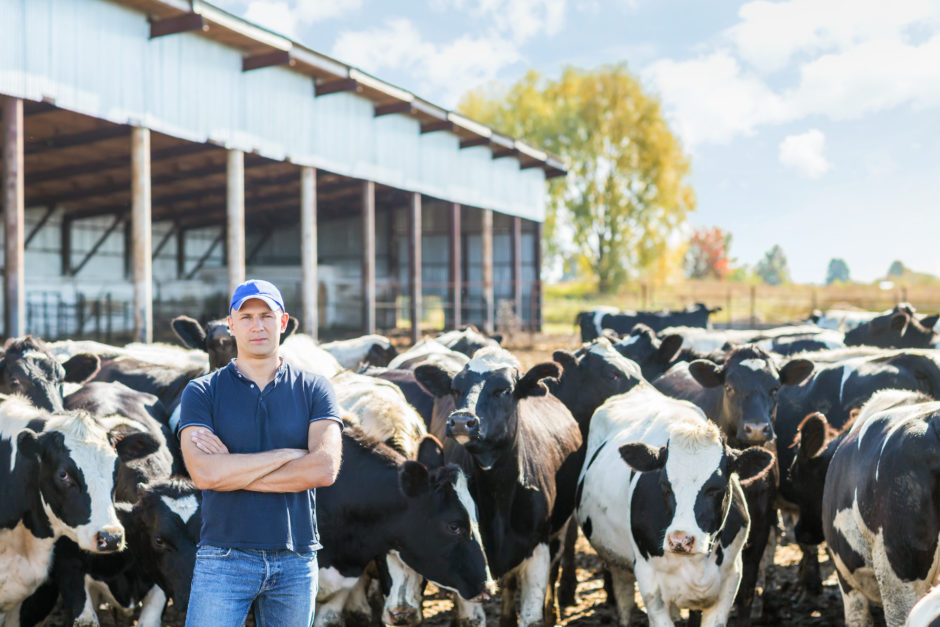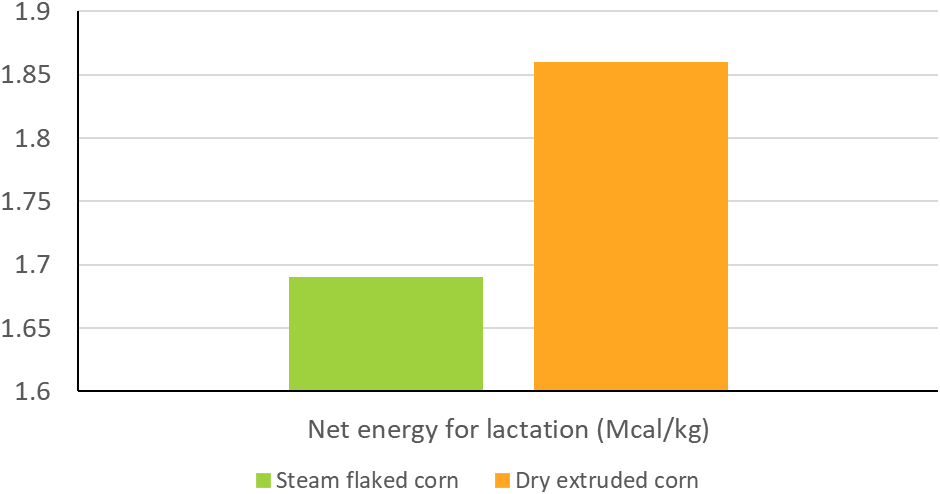Corn with More Energy Makes More Milk

If you have followed Insta-Pro for any length of time, you understand the importance we place on dietary energy, the useable energy by animals for productive purposes, and that the processing method can allow for more efficient use of each unit of ingredients.
But what does that really mean? Without getting into physics or the laws of thermodynamics, feed energy, which is measured in heat units, is derived from the diets of animals, and directly affects how much, and the quality of, human food that is produced by animals.
A great example of what this means practically can be found in this publication. When dairy calves were fed whole milk, a certain percentage of the protein in the whole milk was retained and used for growth. However, when additional sources of energy (sugar or fat) were added to the whole milk, even more of the milk protein was retained; the calves could use more of the amino acids in milk protein for growth.
Similarly, when dairy cows are producing milk, a certain amount of useful dietary energy is required. It takes about 0.74 mega calories of net energy of lactation to make 1 kg of milk.

What this data can do for us here is to calculate the amount of usable energy liberated by these two methods for processing corn.
You can see quite clearly that Hi-Gel™ Corn caused the release of about 9% more energy versus steam-flaked corn – energy that resulted in more milk production.
Fundamentally, the Hi-Gel™ process can liberate more energy from corn, allowing dairy cows to be more productive.



